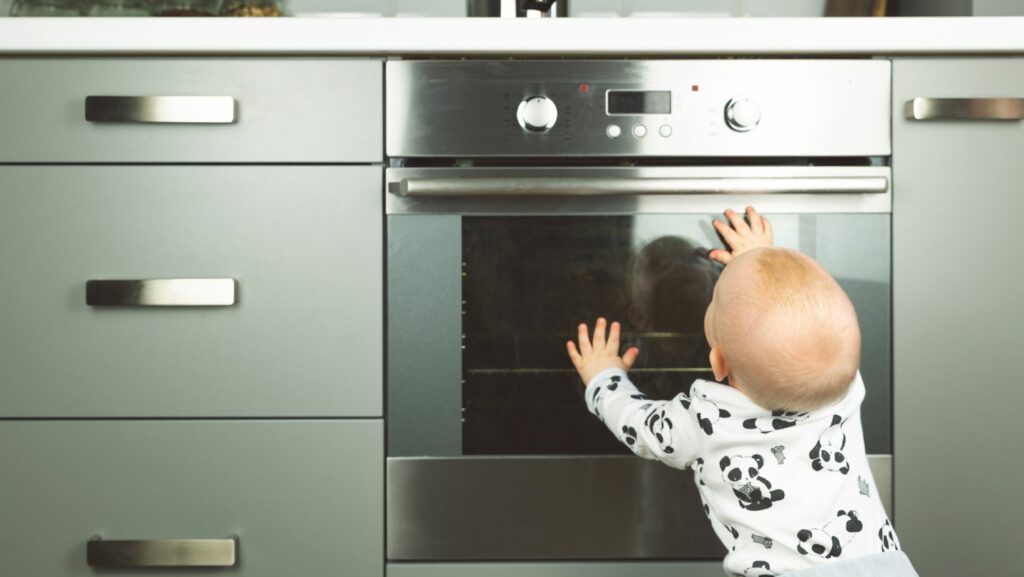In the heart of every home, the kitchen serves as a hub for creativity and nourishment. However, it can also be a hotspot for accidents if proper precautions aren’t taken. Understanding kitchen safety guidelines is essential for anyone who wants to whip up delicious meals while keeping themselves and their loved ones safe.
From sharp knives to hot surfaces, the kitchen presents unique hazards that require attention. By following a few simple safety rules, anyone can minimize risks and create a safer cooking environment. Whether you’re a seasoned chef or a novice cook, embracing these guidelines can transform your culinary experience into a secure and enjoyable adventure.
Kitchen Safety Guidelines
Adhering to kitchen safety guidelines significantly reduces the risks associated with cooking. Following these rules ensures a safer environment for everyone in the kitchen.
General Safety Tips
-
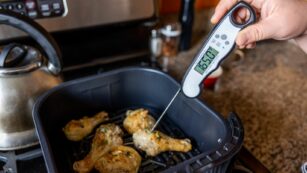 Keep the Floor Clean: Wipe up spills immediately to prevent slips and falls.
Keep the Floor Clean: Wipe up spills immediately to prevent slips and falls. -
Organize Tools and Utensils: Store knives and sharp tools out of reach of children.
-
Use Non-Slip Mats: Place mats in areas that often become wet, enhancing traction.
-
Avoid Clutter: Keep countertops clear to minimize accidents and improve efficiency.
Fire Prevention
-
Install a Fire Extinguisher: Position it within easy reach, especially near the cooking area.
-
Monitor Cooking Food: Never leave cooking food unattended; stay alert for any signs of smoke or flames.
-
Turn Off Heat Sources: Ensure stoves, ovens, and toasters are off when not in use.
-
Keep Flammable Items Away: Store towels, paper products, and other combustibles away from heat sources.
Knife Safety
-
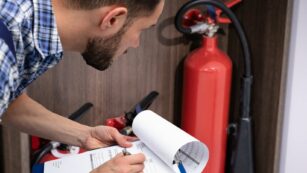 Use a Cutting Board: Employ a sturdy cutting board while chopping to prevent slipping.
Use a Cutting Board: Employ a sturdy cutting board while chopping to prevent slipping. -
Cut Away From the Body: Always direct the knife away from oneself to minimize injury risk.
-
Close Knives After Use: Store knives in a designated space or secure sheath to avoid accidental cuts.
-
Maintain Sharp Knives: Use sharp knives for easier cuts and to avoid force that can lead to slips.
Food Handling
-
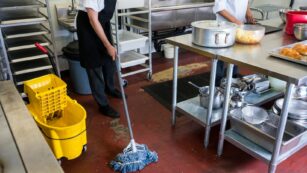 Wash Hands Frequently: Clean hands before and after handling food to prevent contamination.
Wash Hands Frequently: Clean hands before and after handling food to prevent contamination. -
Use Separate Cutting Boards: Designate separate boards for raw meats and vegetables to avoid cross-contamination.
-
Store Food Properly: Refrigerate perishable items promptly and keep goods in airtight containers.
-
Cook Meats Thoroughly: Utilize a food thermometer to ensure meats reach safe internal temperatures.
-
Read Instructions: Understand the operating procedures for each kitchen appliance.
-
Avoid Overloading Outlets: Limit the number of appliances plugged into a single outlet to prevent electrical fires.
-
Keep Cords Tidy: Prevent tripping by securing appliance cords and keeping them out of walkways.
-
Unplug When Not in Use: Disconnect appliances from outlets when finished to ensure safety and save energy.
Common Kitchen Hazards
Understanding common kitchen hazards helps prevent accidents and injuries. Awareness of these risks enables cooks to be more vigilant and maintain a safe cooking environment.
Sharp Objects, Slips And Falls
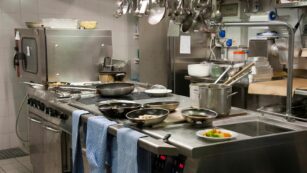 Sharp objects like knives, graters, and mandolins can cause serious injuries. Cooks should always use cutting boards to protect surfaces and hands. Cooks must remember to cut away from the body and keep fingers out of the blade’s path. Additionally, keeping knives sharp reduces the chance of slips during cutting. Cooks should store sharp objects in designated areas, away from reach of children, and utilize knife sheaths for safe storage.
Sharp objects like knives, graters, and mandolins can cause serious injuries. Cooks should always use cutting boards to protect surfaces and hands. Cooks must remember to cut away from the body and keep fingers out of the blade’s path. Additionally, keeping knives sharp reduces the chance of slips during cutting. Cooks should store sharp objects in designated areas, away from reach of children, and utilize knife sheaths for safe storage.
Slips and falls account for many kitchen injuries. Maintaining a clean, clutter-free workspace minimizes these risks. Spills need immediate attention—cleaning them promptly prevents hazardous conditions. Cooks should use non-slip mats in areas prone to moisture. Proper footwear, like shoes with grip, also reduces the likelihood of slipping during cooking tasks, ensuring safer movements around the kitchen.
Fire Risks
Fires pose significant dangers in the kitchen. Keeping flammable items away from stovetops and heat sources is crucial. Cooks must monitor cooking food and avoid leaving it unattended. Installing a fire extinguisher nearby ensures quick access in emergencies. Practicing safe cooking techniques, such as not overfilling pots and pan, reduces risks. Being aware of how to smother small fires with lids or using baking soda can prevent escalation.

